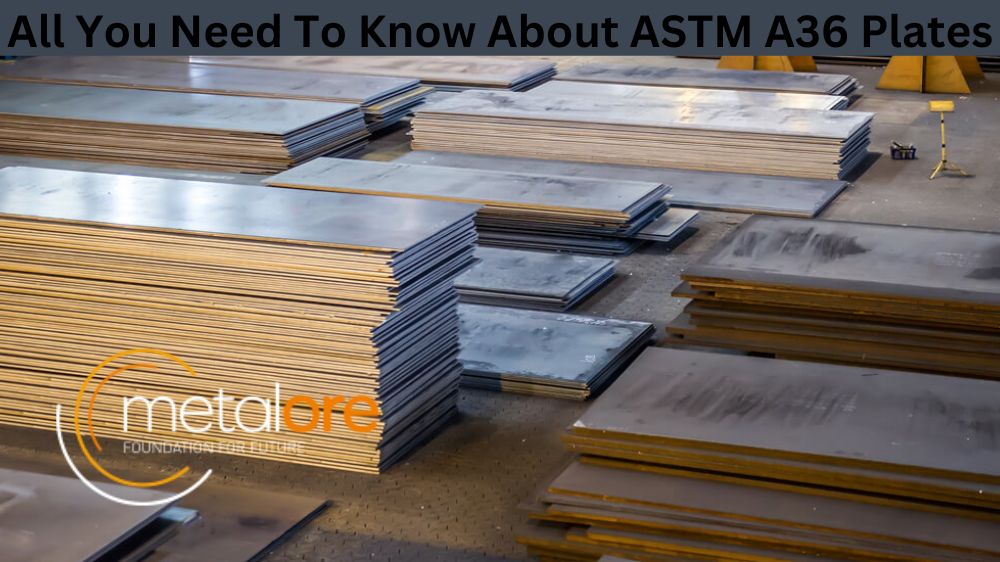ASTM A36 is a popular carbon steel type widely used across various industries. It is specifically designed to have a tensile strength of 400MPa, making it ideal for applications that require high strength but do not need elevated levels of corrosion resistance. This blog post will take a closer look at ASTM A36 Plates and everything you need to know about them.
What is ASTM A36 Plates?
ASTM A36 plates are structurally grade carbon steel used in construction and engineering projects. They are suitable for riveting, bolting, or welding structural parts. These heavy-duty plates provide reliable strength and durability at a lower cost than other metal alloys. They can also be customized to meet specific requirements based on the project’s demands. The chemical composition sets them apart: manganese, sulfur, phosphorus, silicon, copper, and iron, which provide excellent mechanical properties.
ASTM A36 Plate Properties
When it comes to ASTM A36 plates, there are a set of properties that you should keep in mind. For one, it has a low carbon content, which makes it malleable and ductile. It is also easy to weld, form, and machine, making it a prime choice for fabrication and general manufacturing. The yield strength of this type of plate is 250 MPa, and the ultimate tensile strength is around 400 MPa.
Applications of ASTM A36 Plates
ASTM A36 plates are widely used in various industries, including architectural, automotive, construction, and manufacturing, to name a few. For instance, they are used in constructing buildings, bridges, and other infrastructure projects because of their low cost and excellent strength-to-weight ratio. Meanwhile, in the manufacturing industry, ASTM A36 plates are often used to create parts and components for machinery and equipment.
How To Work With ASTM A36
Because of its malleability and ductility, ASTM A36 plates are easy to work with. They can be easily cut, formed, and drilled using standard metalworking tools and equipment. If welding is required, use preheat and post-weld heat treatments to avoid cracking. Additionally, be mindful of the plate thickness to avoid warping or distortion during welding.
ASTM A36 Plate Sizes And Dimensions
ASTM A36 plates come in various sizes and dimensions, depending on the manufacturer and the intended application. Generally, they are sold in thicknesses that range from 3/16″ to 5″ and widths as wide as 72″. In terms of length, ASTM A36 plates can be customized to meet specific requirements, ranging from 96″ up to 480″.
ASTM A36 Vs Other Types Of Steel
Finally, it is worth noting that ASTM A36 plates are just one type of steel in the market. Other popular types include A572 grade 50, S355JR, and 4140 steel. Each of these types has its own set of properties and applications. While ASTM A36 is an excellent choice for many purposes, it is always best to consult an expert to determine which type of steel is best for your specific needs.
Conclusion
In conclusion, ASTM A36 plates are a type of carbon steel that offers good strength and economy in various applications. They are easy to work with, come in various sizes and thicknesses, and can be customized to meet specific requirements. If you’re in the market for ASTM A36 plates, consult a reputable supplier to ensure you get high-quality plates that meet your needs.



